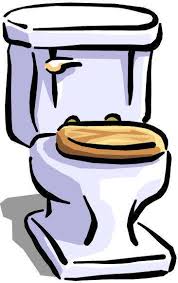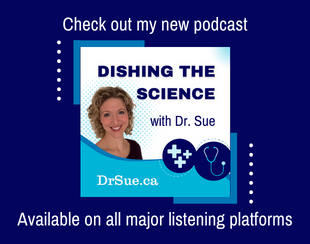Alternatives to cow’s milk are growing ever popular, due to aggressive marketing campaigns suggesting that these other milks may be healthier. Many options are available, from goat to
almond to soy to coconut, hemp, flax or oat. Not only are a growing number of adults drinking these milks, but parents may choose to provide these milks to their kids because of a perceived
health benefit.
Because these alternative milks are not required to be vitamin D fortified (whereas it is mandatory that all cow’s milk in Canada is fortified with vitamin D), the concern has been raised as to whether Canadian kids who drink non-cow’s milk are getting enough vitamin D.
A recent Canadian study looked at this question in children age 1-6, using the TARGet Kids research network in Toronto. They found that kids who drank non-cow’s milk were almost three times more likely to have insufficient levels of vitamin D, compared to kids who drank cow’s milk. (Remember that most Canadians do not get enough vitamin D naturally, because we live too far from the equator to get enough sun exposure to make vitamin D. There are a few natural dietary sources of vitamin D, including salmon, trout, tuna, and egg yolks.)
In addition, research has suggested that we may not absorb dietary calcium as well from non-natural calcium sources, compared to calcium occurring naturally in food such as cow’s or goat’s milk, other dairy products, and green leafy veggies like spinach and kale. Alternative milks are often (but not always) fortified with calcium – in other words, calcium is not naturally occurring in these alternative milk products. (Recommended intake of calcium from Health Canada can be found here, and more on my thoughts re dietary vs supplemental calcium here).
Another plus of cow’s milk (and goat’s milk) is that it contains about 9 grams of protein per cup, whereas many alternative milks contain only 1-3 grams of protein per cup.
So, it seems that the health benefits of protein and naturally occurring calcium put cow’s milk (or goat’s milk) on top as the healthier milk.
We will likely see a growing number of alternative milk products containing vitamin D as the manufacturers catch on that this is important, and perhaps legislation will
someday mandate fortification of alternative milks in addition to cow’s milk. Until then, it’s important that Canadian kids who drink non-cow’s milk are getting adequate vitamin D through supplementation (read more about vitamin D needs at all ages from Health Canada here, and my summary from the 2010 Osteoporosis Canada guidelines regarding adults here).
Sporting my Dairyland milk moustache…..
Follow me on twitter! @drsuepedersen
Disclaimer: I have no conflicts of interest in writing this post.












